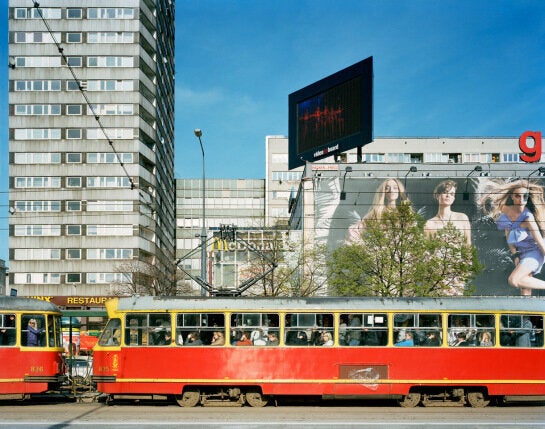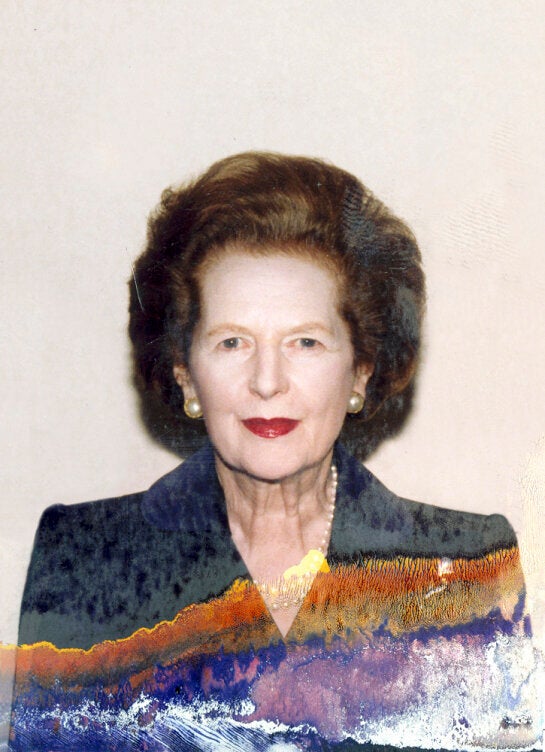1992 witnessed the first cohort of students entering the Degree in Editorial Photography, as it was then called at the University of Brighton. 2013 marks the 21 st Anniversary of the establishment of the course. To celebrate this, the University are aiming to raise money for two books - one to document this year's cohort of students and one to recount 36 of the course's most notable alumini including Mark Power, Stuart Griffiths, Laura Pannack, Ewen Spencer, Liz Hingley and Lisa Barnard.
The course has consistently produced striking works which highlight some enduring truths about photography. Since the arrival of the first Kodak camera, over a hundred years ago, photography has always been an inherently democratic medium. For just a dollar here was a device which produced a raw, albeit often blurred and gritty, realism. It stood in stark contrast to carefully stage-managed compositions.

Image courtesy of the artist
It was this realism and immediacy that struck Mark Power about photography. Sure, he knew a Rothko could move people - assuming they were in the right frame of mind, and knew what they were looking at. But photographs were 'so powerful. So immediate...And not just to other artists but to apparently ordinary people. I liked this democracy.'
Another recurring theme is the unedited truth. ('Don't lie. Take photo after photo!' the Russian artist Alexander Rodchenko urged in 1910.) This sentiment of unvarnished realism has always been apparent in Stuart Griffiths work, ever since he started recording his life as a young soldier in Northern Ireland during the 1980s and 90s. Griffiths exposes the reality of soldiering - whether it is heroic or not is open to interpretation. But it's certainly not the carefully poised and polished view of military valour that we are often presented with. Griffiths considered his comrades amidst the streets of Belfast: "these were the sorts of people I wanted to become and they were badly broken...we all felt like blowing our brains out..."

Image courtesy of the artist
Transience and change is another idea that runs through many of the works from the alumini. This seems most stark in the ethereal nature of political power in Lisa Barnard's photographs of the former Conservative Party Head Quarters 'Chateau Despair'. The building comes across as cold and empty; the political power and pomp fleeting and faded. The decaying images of 'Maggie' are unnerving and seem faintly unreal and devoid of human emotion.

Image courtesy of the artist
Photography has also consistently raised questions around authorship. Griffiths admits to having always been interested in photography, although also admits to snapping away in Belfast almost without thinking.
But now, in a world where everyone seems armed with a video camera - never mind camera - it is worth considering what photographers have to do to adapt and stay relevant. One interesting response is the self-led and immersive works of Laura Pannack. Rather than simply record and document the instant, Pannack's work aims to 'understand the lives of those captured, and to present them creatively...time, trust and understanding is the key to portraying subjects truthfully'.
The auction website (www.21years.co.uk) officially launches on 8th April and the auction ends on Wednesday 24th at 11:59pm. The email address for the auction is enquiriestwentyone@gmail.com and Twitter is @Classof2013BA